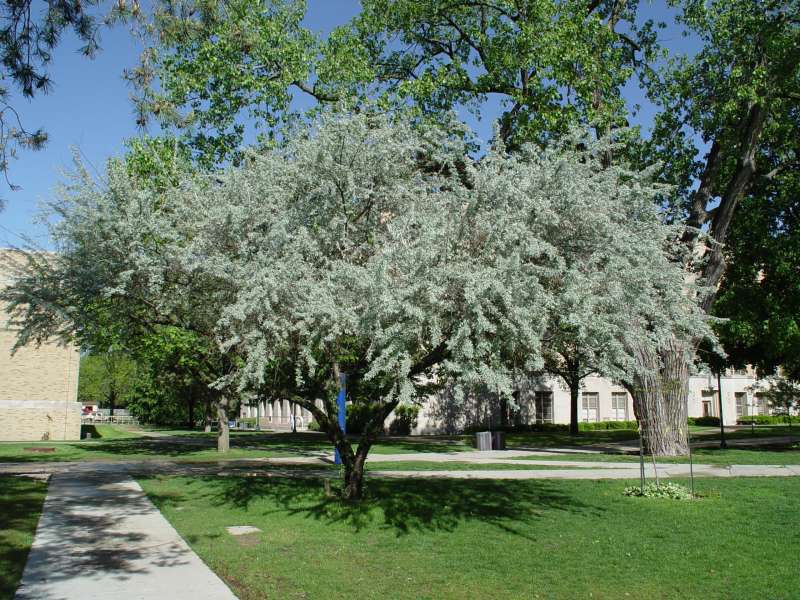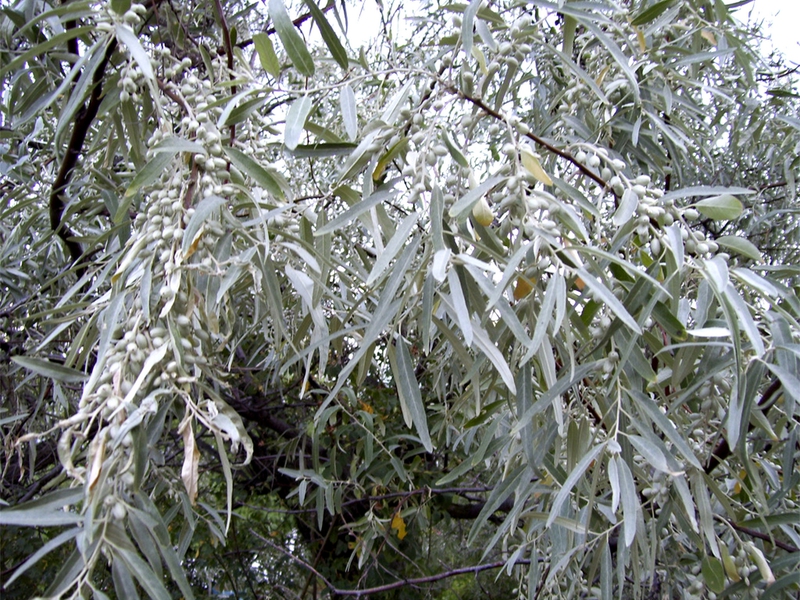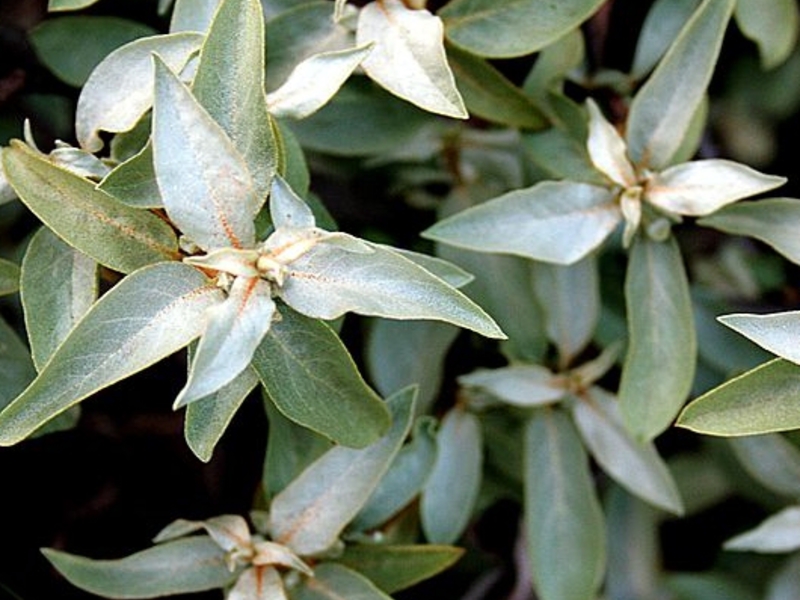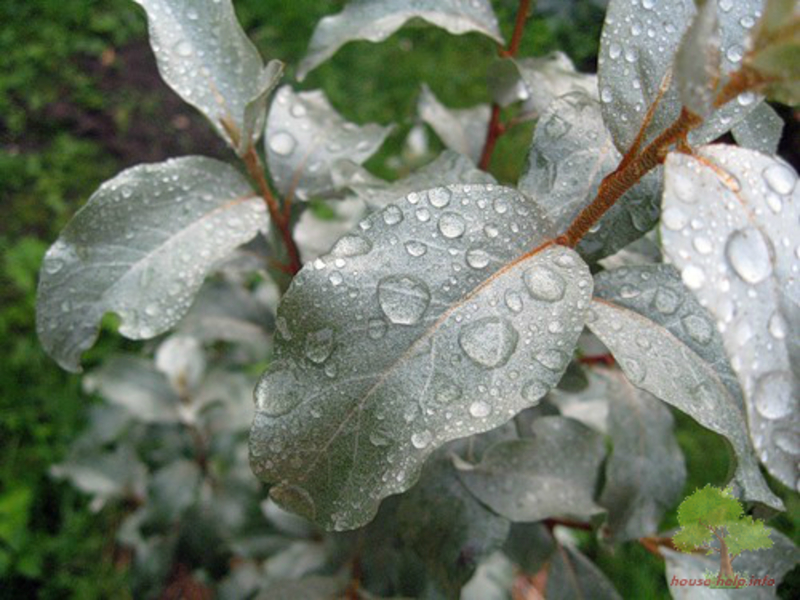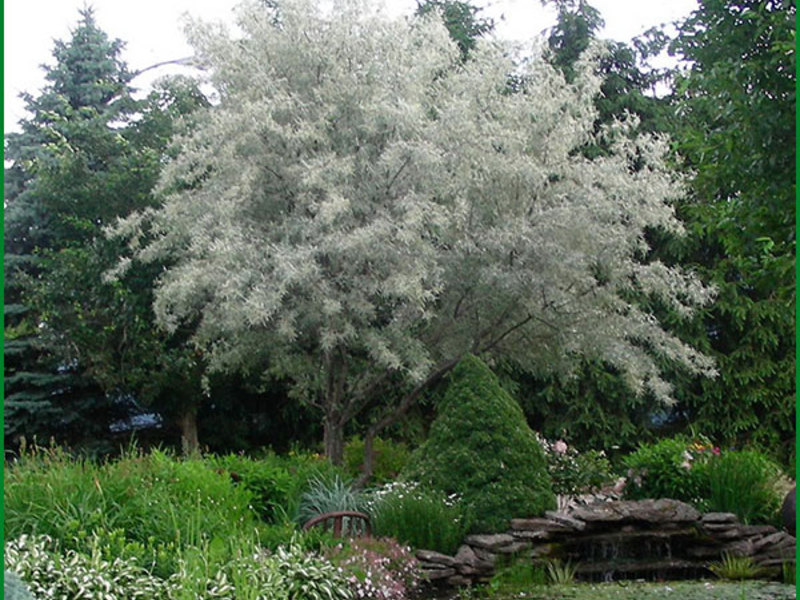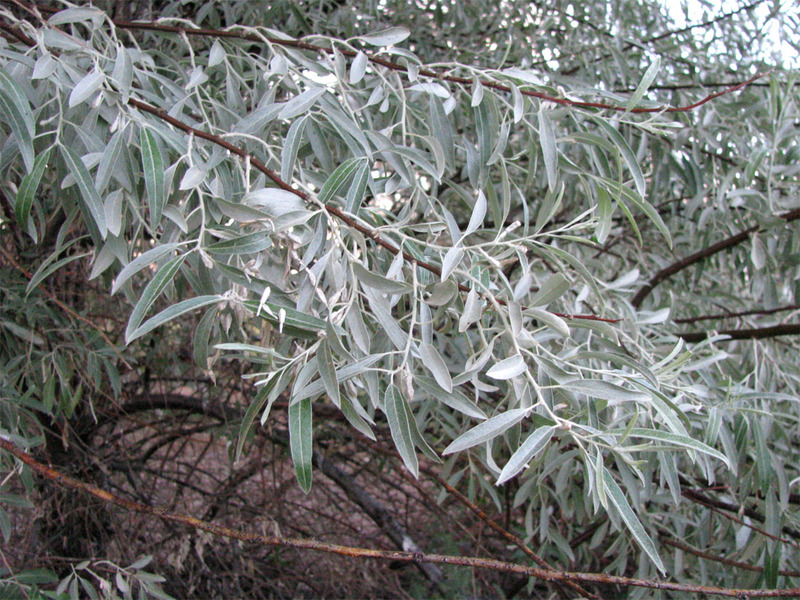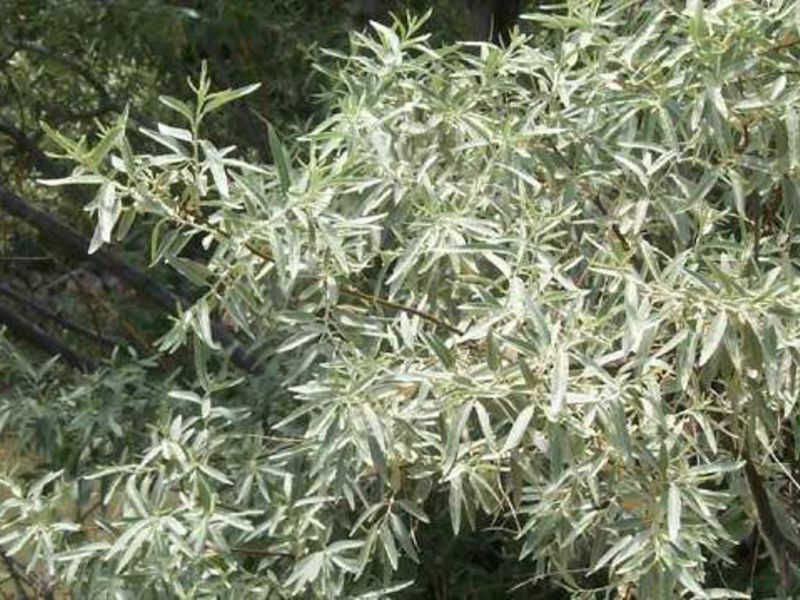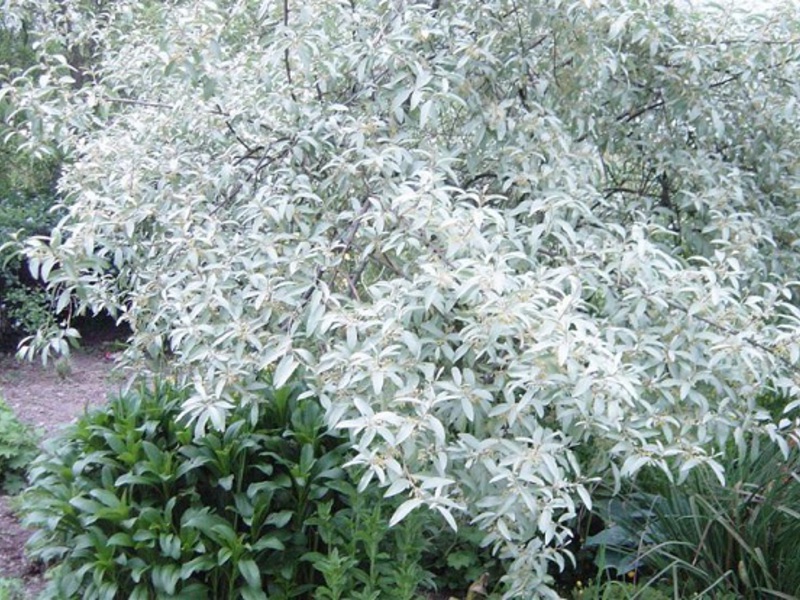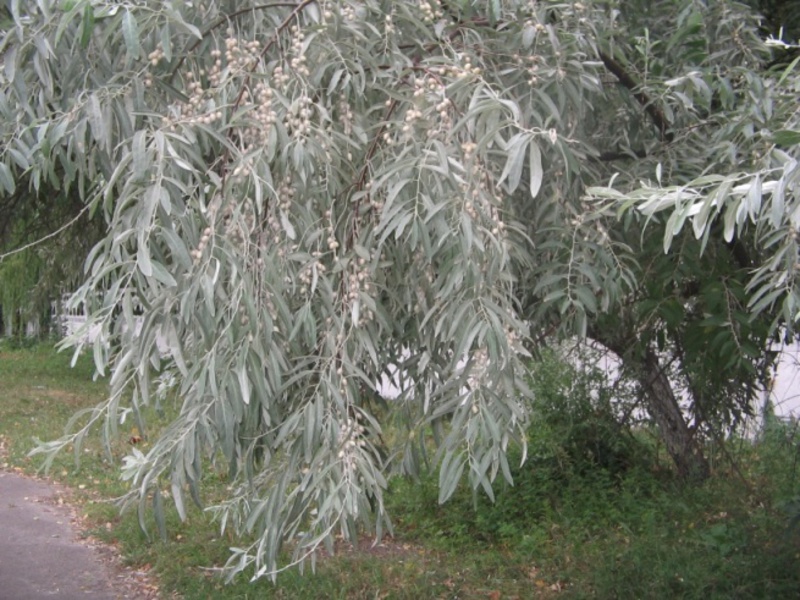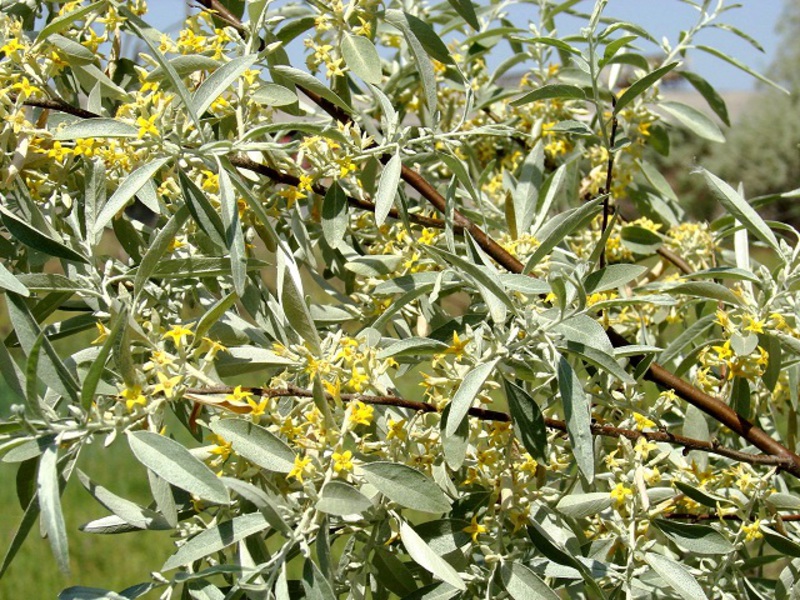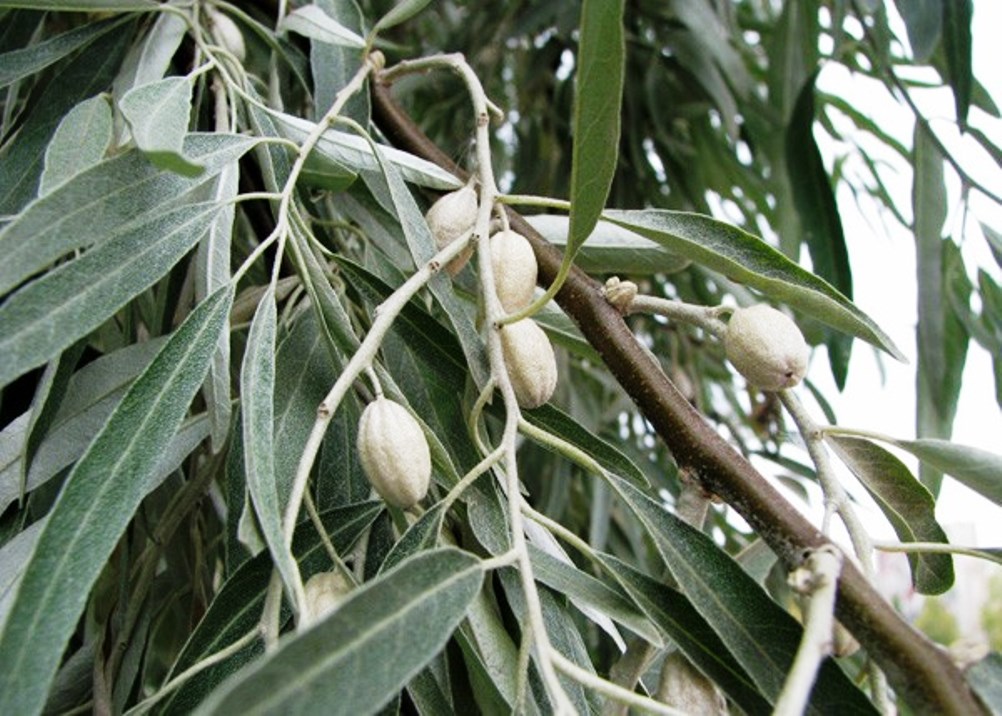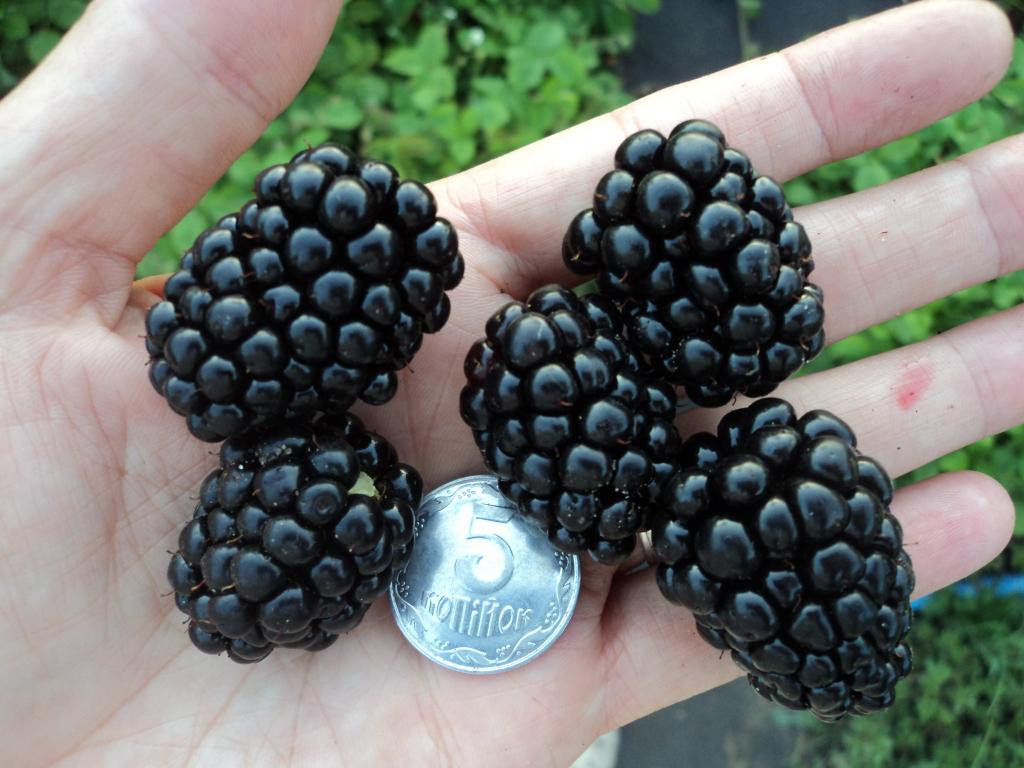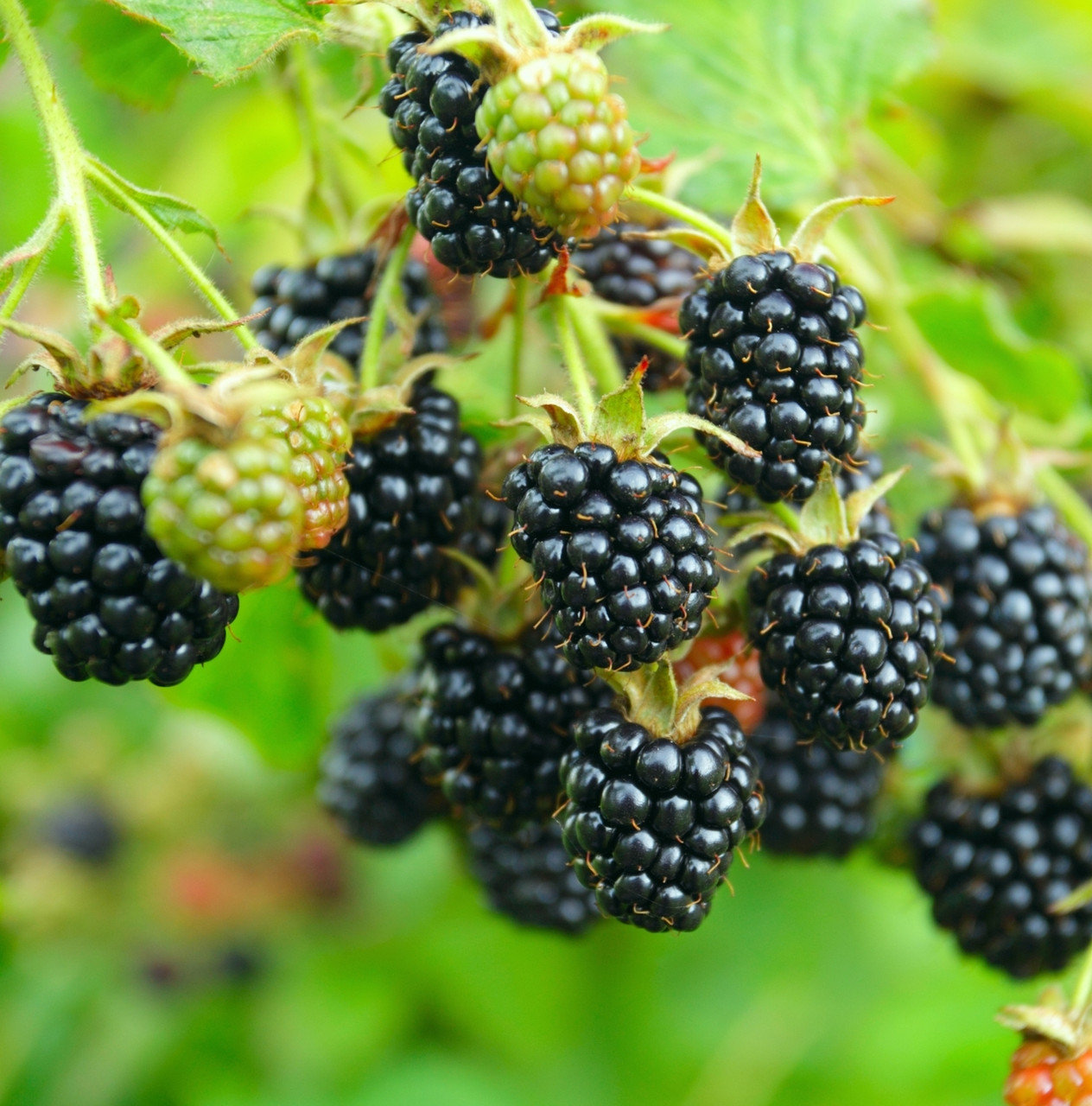The deciduous silver oak tree will become a highlight of any garden and bring winter freshness to it. The leaves, silvery on both sides, do not change color until the leaf fall. But in winter, the beautiful lines of the shrub, and its dense branching retains its decorative effect, decorating the site. Silver loch withstands severe frosts and does not give the gardener a lot of trouble in growing and caring for.
Content
Loch silver: photo, description
The plant is a treelike thorny shrub with a medium spreading crown. His high can reach from 4 to 5 meters... Each year, the tree grows only 15 cm in height. The gray-brown branches form an openwork pattern, and by autumn they acquire a beautiful reddish hue. Leaves with silvery scales are ovoid and very similar to eucalyptus leaves. They remain on the tree until November, without changing color.
In June - July, the plant blooms for about twenty days with round, fragrant yellow flowers, which are located in three pieces in the leaf axils. The bush begins to bear fruit at 6-8 years. Its oval or spherical fruits are distinguished by silver scales and mealy, sweet flesh. It is thanks to the fruits that the plant in its homeland received the name "silvery berries".
The plant is Indian and Chilean sucker, is there such a tree:https://flowers.bigbadmole.com/en/sadovye-rasteniya/rastenie-loh-indiyskiy-i-chiliyskiy-suschestvuet-li-derevo.html
Features of planting silvery sucker
The shrub is very light-requiring, therefore, it should grow in well-lit areas protected from the wind. The best place for a sucker will be a hill located near the buildings. The plant can even be planted near roads, since it easily tolerates smoke and dust.
Soil preparation
The shrub does not tolerate high acidity, therefore, if the soil in the area is acidic, it must be diluted with lime. In the future, the sucker can not even be fed, since it itself improves the condition of the soil, releasing nitrogen.
Silvery elk is distinguished by a fibrous root system located on the surface and requires special soil preparation:
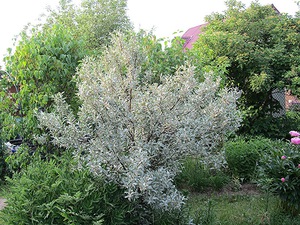 The soil must be dug deep.
The soil must be dug deep.- It must be cleared of debris, weeds and stones.
- On the surface of the dug up soil, be sure to walk with a rake.
- Landing holes are dug one and a half meters wide and about half a meter deep.
- At the bottom of each hole, drainage from expanded clay or pebbles is arranged. Otherwise, the water will stagnate, which is undesirable for the roots of the sucker.
- Humus or compost must be added to the pits.
- The soil can also be fertilized by adding thirty grams of nitrogen fertilizers, two hundred grams of double superphosphate, five hundred grams of wood ash.
Planting silver sucker can be done both early spring and late autumn... At this time, there is enough moisture in the soil, and the plants take root well. Bushes are planted at a distance of two to three meters from each other.When planting, the root collar deepens by five centimeters. The planted shrub is watered abundantly, and the soil around it is covered with mulch. This will help keep the soil moist on hot days and prevent weeds from growing.
There is one more representative in the suckers family - a shrub with fragrant flowers and delicious berries! This is a multifloral goof or gumi:https://flowers.bigbadmole.com/en/yagody/loh-mnogotsvetkovyiy-gumi-posadka-i-uhod.html
Silvery sucker care
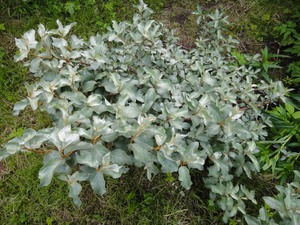 Plant requires regular watering, especially during a hot period of time. In the rainy season, the shrubs will have enough natural moisture. Since the suckers feed the soil themselves, it is not necessary to feed them. However, for better development of the bush and its flowering, double superphosphate and wood ash can be added several times per season to the soil where an adult plant grows. Young shrubs that have just been planted in the nutrient soil are not fed.
Plant requires regular watering, especially during a hot period of time. In the rainy season, the shrubs will have enough natural moisture. Since the suckers feed the soil themselves, it is not necessary to feed them. However, for better development of the bush and its flowering, double superphosphate and wood ash can be added several times per season to the soil where an adult plant grows. Young shrubs that have just been planted in the nutrient soil are not fed.
Silvery suckers are winter-hardy plants. But in severe frosts, their upper shoots can freeze... To protect the tree from this, it must be insulated:
- After harvesting the fruits, pegs are driven in around the bush.
- The branches are gently bent to the ground and fixed.
- The bush is covered with dry foliage, sawdust or straw and tied with film material.
Such a shelter will provide shrubs with protection from severe frosts. In the spring you need not to miss the moment and remove the film in time. Otherwise, without air, in dampness, the branches will begin to rot. It is recommended to remove the shelter by the end of April.
In order for the shrub to look beautiful, the growth of root growth must be controlled. The plant itself tolerates a haircut well, so it can be shaped.
With the correct location of the silvery sucker on the site and following all the rules for care, about 5-6 years after planting, the tree will begin to bear fruit. In the early years, there will be little fruit. It will be possible to collect no more than four kilograms from one bush. Maximum yield per adult plant reaches thirty kilograms.
Loja fruits have a very unusual taste. It looks like a mixture of cherry, pineapple and apple. The fruits have medicinal properties and are very rich in vitamins. Berries can be frozen, dried, or eaten fresh. Juices are made of them, compotes and preserves are cooked.
Reproduction of silver sucker
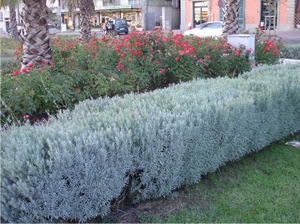 There are several ways to propagate a shrub:
There are several ways to propagate a shrub:
- dividing the bush;
- root suckers;
- layering;
- cuttings;
- seeds.
Propagation by cuttings
It's pretty a difficult way to breed suckerbecause only thirty percent of the cuttings are rooted. Planting material is harvested in summer. For this, the shoots are cut into pieces of about fifteen centimeters. Each stalk must have at least four leaves. The cuts are processed with crushed coal, and the cuttings are soaked in Epin or Kornevin.
Since planting material will be stored indoors in winter, it is better to plant cuttings in boxes filled with wet sand. In the room where the cuttings will take root in the winter season, the temperature should be within 3-5C.
Reproduction by layering
In this way, silver elk breeds in early spring. For this at the bottom of the bark a healthy escape is chosen, which bends to the ground and is pinned with a wire. The bent layering is covered with soil and watered. Caring for him consists in moderate watering. It will be possible to separate the finished new plant from the mother bush at the end of the season.
Seed reproduction
Freshly harvested seeds, which are sown in September or October, have the best germination. Planting can be carried out in spring, but the seeds in this case must be stratified beforehand. This procedure lasts about three months, during which the temperature must be maintained within 10C.
Autumn crops are covered with humus, sawdust or other material for protection from the cold.
Silver goose in landscape design
A beautiful shrub with unusual color leaves and a unique form of growth can be used when decorating a garden both in single and in group landings.
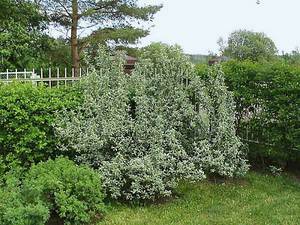 With the help of a silvery sucker on the site, you can create color spots.
With the help of a silvery sucker on the site, you can create color spots.- It will be interesting to look at a shrub with silvery leaves next to golden or red foliage.
- You can use the plant as a background for perennials with variegated, silvery, or white foliage.
- You can create a spectacular composition using sucker and conifers.
- a slow-growing shrub used as a hedge.
- The groves, created only from the bushes of the silver sucker, look very beautiful.
Useful properties of silvery sucker
The most valuable parts of the shrub are those rich in vitamins and very useful fruits... They ripen at the end of September.
No less useful is the relative of the silver sucker - sea buckthorn:https://flowers.bigbadmole.com/en/yagody/oblepiha-posadka-i-uhod.html
In folk medicine, the fruits of the sucker are used as an antibacterial, antiviral and astringent. They are able to create a diuretic and expectorant effect, relieve malaria symptoms and improve memory. Loch berries are good for those who have problems with the cardiovascular system. They are used as a tonic and tonic.
Infusions of bush leaves are used externally for gout, rheumatism, radiculitis. Broths treat colds and lower the temperature.
Flower preparations are effective as antihelminthic and wound-healing agents... They are prescribed for fevers, hypertension, gout and rheumatism. With their help, they treat heart disease, bronchitis, colitis.
Folk remedies made from berries, flowers or leaves of the sucker have practically no contraindications. However, pregnant women and nursing mothers should first consult a specialist about the use of drugs.
The silver goose planted in the garden will give the site a charming color and will be surprisingly combined with a different background of buildings. Planting shrubs can become a whole work of art and add zest to the garden.

